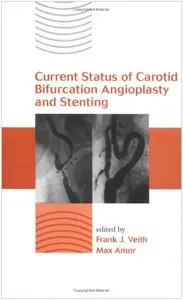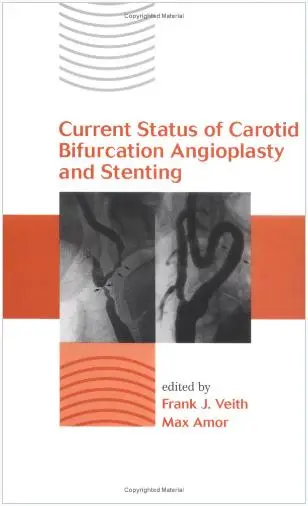Current Status of Carotid Bifurcation Angioplasty and Stenting
Informa Healthcare; 1 edition | January 23, 2001 | ISBN-10: 0824704959 | 296 pages | PDF | 2.4 Mb
Informa Healthcare; 1 edition | January 23, 2001 | ISBN-10: 0824704959 | 296 pages | PDF | 2.4 Mb
A truly novel reference unlike any other! Recognizing the need to dispel the controversy and unsubstantiated claims surrounding many new modalities for treating vascular lesions, this up-to-date and useful reference resolves the most important issues and concerns related to carotid bifurcation angioplasty and stenting (CBAS). Compiles reliable information from a specially convened international conference of 19 recognized experts-with answers of consensus and near consensus on 85% of the key questions about the developing technique of CBAS! Providing valuable guidance on issues of safety and efficacy, the Current Status of Carotid Bifurcation Angioplasty and Stenting · covers the differences and outcomes among interventional radiology and cardiology, vascular surgery, and neurosurgery · identifies high-risk patients deriving the most benefit from new endovascular treatments · critically reviews the state of the art in current applications and procedures · advocates the need for, and advantages of, neurorescue skills and cerebral protection in treatment · compares the benefits and limitations of carotid endarterectomy with those of carotid stenting · presents recent results from actual cases at high-volume centers · propounds historical benchmarks, the current status, and future considerations and goals of CBAS · and more! Containing over 400 literature references, photographs, drawings, and tables, the Current Status of Carotid Bifurcation Angioplasty and Stenting definitively assists vascular surgeons, interventional radiologists, interventional cardiologists, neurologists and neurosurgeons, internists, primary care physicians, and medical school students in these disciplines.



